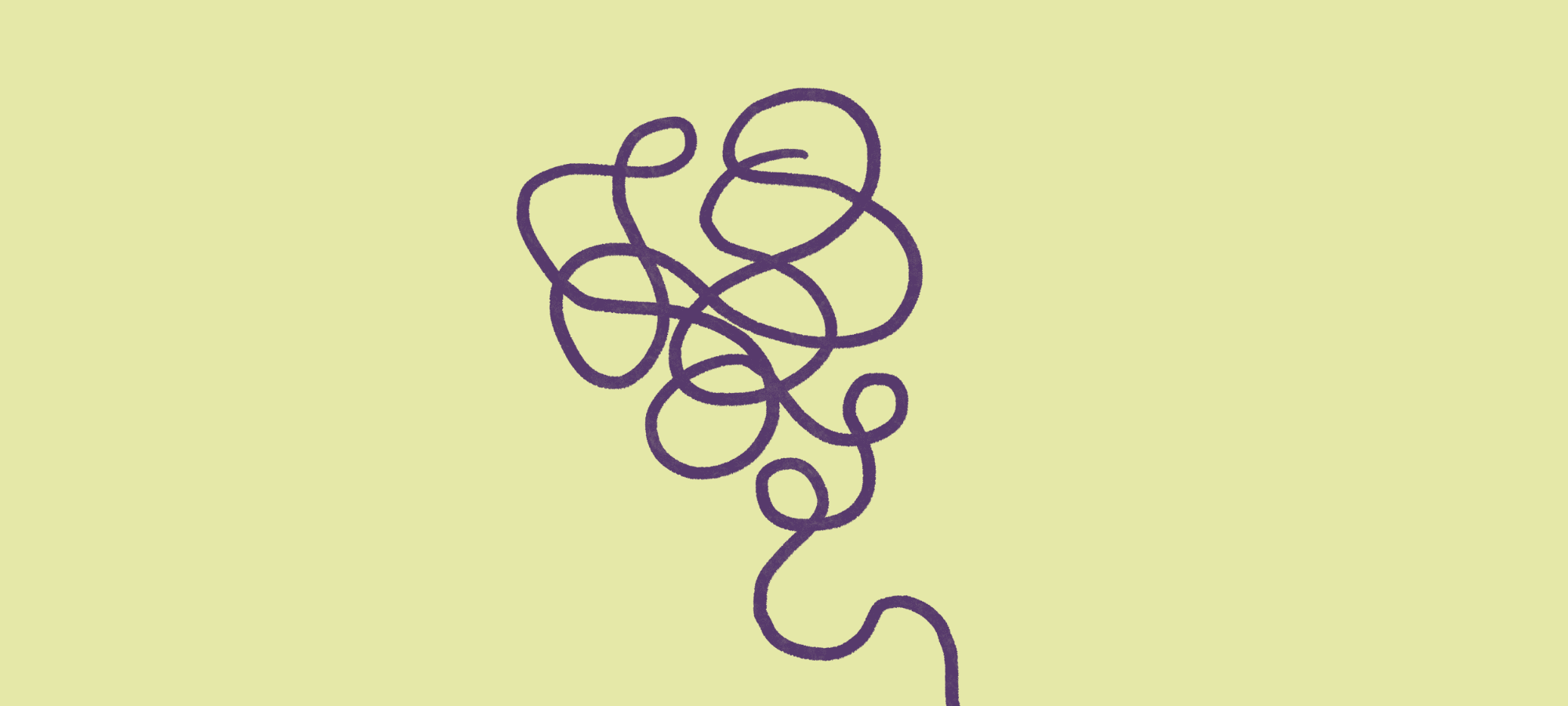
Let's talk about Obsessive Compulsive Disorder (OCD). OCD can show up in lots of different ways, so it’s important to know that it looks different for everyone.
There are times when we all might have passing thoughts or small obsessions, such as wondering if we locked the door or remembered to turn the oven off. We might even carry out compulsions like avoiding stepping on a crack in the pavement or wanting everything to be organised and tidy – these compulsions might help us calm down and feel more comfortable. For the most part, these don’t usually affect our daily lives and can be handled without too much trouble.
When it comes to Obsessive Compulsive Disorder (OCD), obsessions and compulsions can be really distressing, time-consuming and disruptive to your daily life. OCD can show up in lots of different ways, so it’s important to know that it looks different for everyone.
What is OCD?
Let’s think of OCD in three parts:
- Obsessions
- Emotions
- Compulsions
Obsessions
Firstly there are obsessions, which are sometimes called intrusive thoughts. These can be distressing and unwanted thoughts or images that pop into your mind when you don’t want them to, usually without any warning. Anyone can get an intrusive thought, but when you have OCD – the thoughts might feel ‘stickier’, harder to ignore and can start to have a negative effect on your daily life.
Common examples of obsessions (intrusive thoughts) might be:
- Being afraid of intentionally harming yourself or others
- Being afraid of harming yourself or others by accident
- Being afraid of contamination from disease, infection or unpleasant things
- A need for things to be symmetrical or orderly
Emotions
Next, we have the way the obsession/intrusive thought makes you feel. Thoughts are usually thought of as OCD when they make you feel distressed or anxious. As these thoughts usually happen without any warning and are often distressing, this can be really difficult to cope with.
Compulsions
Lastly, we have compulsions (sometimes called rituals). These are the things you might do to get rid of the obsessions. You might even do compulsions as a way of stopping your thoughts from coming true.
As an example, if you have intrusive thoughts about harming yourself or others – you might have the urge to repeat a certain action or word multiple times to “neutralise” the intrusive thought.
You probably understand that these compulsions are excessive or irrational, but we understand just how real the feelings can feel. You might feel you need to do the compulsions ‘just in case’.
It’s really important to know that although the compulsions or rituals might make the anxious feelings go away for a little while – the relief is short-lived. When the intrusive thoughts come back, the emotions they bring can often be stronger – making it even harder to resist the urge to carry out compulsions.
Usually, people with OCD experience both obsessions and compulsions together, but sometimes people might have one without the other.
Common examples of compulsions (rituals) might be:
- Checking things repeatedly and more often than needed, e.g. locks, switches, or appliances
- Washing and cleaning obsessively, more often than needed
- Collecting things that you don’t need (hoarding)
- Feeling upset if objects are not arranged ‘just right’
- Praying to cancel out bad thoughts or feelings
- Going back to places you’ve been to make sure that you haven’t harmed anyone
- Repeating certain words or phrases out loud or in your mind to get rid of bad thoughts, feelings, or actions
- Asking for reassurance
- Avoiding certain places or situations that you feel might trigger intrusive thoughts
It’s important to know that not all compulsions will be noticeable to other people.
OCD looks different for everyone, but the pattern of thoughts and behaviors is usually the same. If you’re struggling with OCD, it’s really important to get the right help and support.
What support is out there?
Talking therapy
Talking therapy can help you overcome your fears and obsessions without using compulsions to make yourself feel better.
Cognitive behavioural therapy (CBT) is an evidence-based talking therapy, and it aims to make you feel better by giving you the tools to respond differently in certain situations and to manage negative thoughts. This might also involve Exposure and response prevention (ERP) – lots of acronyms, we know!
With your therapist, you will:
- Work together to take your problems and see them in different ways – this might be seeing thoughts, physical feelings and behaviours separately.
- Work towards facing your fears at your own pace, and experiencing intrusive thoughts without using compulsive behaviours to make it better.
We know that this might sound scary, but you’ll be able to start with the situations or thoughts that make you feel the least anxious before you work on the stuff you find tougher.
This can feel difficult, but by facing your fears with the support of your therapist and using better ways to cope, you can get your quality of life back and start enjoying your life again and the things you used to enjoy.
You can access CBT through free NHS Talking Therapies by going through your GP, or you can refer yourself directly. Click here to find out more.
Support groups
It might be helpful to look at what support groups are out there for OCD. Sometimes, having that mutual support and understanding with other people who are going through a similar experience can be really valuable.
To find out more about OCD support groups, visit OCD Action.

